When a metal bulletin board starts to show signs of wear, such as dents, rust, or loose fittings, it can lose its functionality and aesthetic appeal. Fortunately, repairing a metal bulletin board is a straightforward process that requires minimal tools and effort. With the right approach, you can restore it to its original condition, ensuring it remains a reliable fixture for displaying important notes, announcements, and decorations. This guide will walk you through how to repair a metal bulletin board effectively.
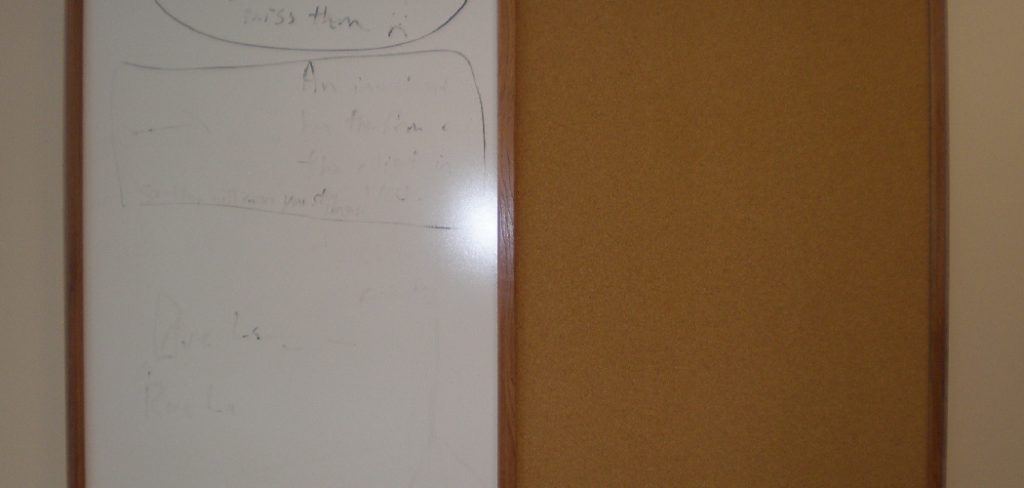
Common Problems with Metal Bulletin Boards
Metal bulletin boards, while durable, can encounter a variety of issues over time. One common problem is the development of rust, especially if the board is located in a humid or damp environment. Rust not only affects the appearance of the board but can also weaken its structure. Another frequent issue is dents, which can occur from accidental impacts or heavy use and may make the surface uneven for pinning items.
Loose or damaged fittings, such as screws and brackets, can cause the board to wobble or fall off the wall. Additionally, the board’s surface may lose its magnetic strength if it is coated or scratched over time, reducing its effectiveness. Identifying these issues early is key to maintaining the board’s functionality and longevity.
Tools and Materials Needed
To repair a metal bulletin board, you will need a few essential tools and materials. Here’s a list to ensure a successful restoration process:
- Sandpaper or a Wire Brush: For removing rust and smoothing out the surface.
- Rust-Removal Solution: To eliminate any corrosion effectively.
- Metal Filler or Putty: Useful for fixing dents or filling gaps in the surface.
- Screwdriver or Drill: To tighten or replace loose screws and brackets.
- Replacement Screws and Brackets: If the existing fittings are damaged or missing.
- Magnetic Primer or Paint (optional): For refreshing the surface and restoring magnetic properties.
- Protective Gloves and Safety Goggles: To ensure safety while working with tools and chemicals.
- Clean Cloth or Rag: For wiping down the board during and after the repair process.
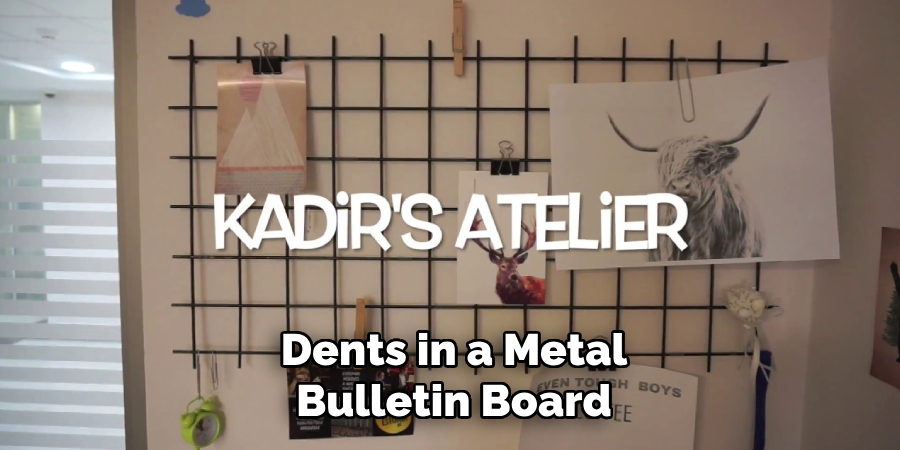
Having these tools and materials on hand will allow you to address the most common issues and fully restore your metal bulletin board.
10 Methods How to Repair a Metal Bulletin Board
1. Straightening Dents
Dents in a metal bulletin board can compromise its aesthetic and usability. To fix them, place the board on a flat surface and use a rubber mallet to gently tap the dent from the back side. For more precise work, a dolly or metal repair tool can be used to reshape the area. Apply steady pressure and avoid over-hammering, which could distort the surrounding metal. After straightening, inspect the surface for smoothness, and use fine-grit sandpaper to remove any raised edges.
2. Fixing Scratches with Metal Filler
Scratches can be repaired using metal filler, which is readily available at hardware stores. Begin by cleaning the scratched area with a damp cloth to remove dirt and debris. Once dry, apply the metal filler using a spatula or putty knife, ensuring the scratch is completely covered. Allow the filler to cure as per the manufacturer’s instructions. After curing, sand the area lightly with fine-grit sandpaper to achieve a smooth finish, and repaint if necessary to match the board’s original color.
3. Removing Rust
Rust is a common problem for metal bulletin boards exposed to moisture. Start by scrubbing the rusted area with a wire brush or steel wool to remove loose flakes. Apply a rust remover solution or a mixture of vinegar and baking soda to dissolve the remaining rust. Allow it to sit for 10-15 minutes, then scrub again until the rust is gone. Rinse the area thoroughly and dry it with a clean cloth. To prevent future rust, apply a rust-proof primer or paint.
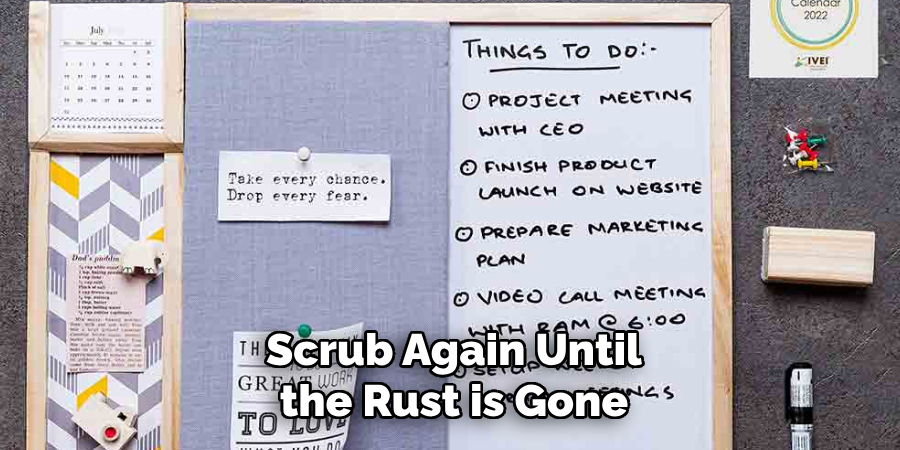
4. Reattaching Loose Frames
If the bulletin board’s metal frame becomes loose, it can compromise its stability. Remove the board from the wall and examine the joints where the frame is attached. Tighten any screws or fasteners, and if they’re missing or stripped, replace them with new ones. For added stability, apply a metal adhesive along the joint before reattaching the screws. Allow the adhesive to cure fully before rehanging the board.
5. Patching Holes
Holes in a metal bulletin board can be unsightly and reduce its usability. To repair them, clean the area around the hole and sand it lightly. Use a metal patching kit or cut a small piece of metal to cover the hole. Attach the patch using a strong adhesive or by welding it in place. Once secured, sand the edges for a seamless look and repaint the area to match the rest of the board.
6. Replacing Damaged Mounting Hardware
Over time, the mounting hardware of a metal bulletin board can become loose or damaged. Remove the damaged hardware and clean the mounting area. Replace it with new brackets, screws, or anchors designed for metal boards. Ensure the new hardware is securely fastened and evenly spaced to distribute the board’s weight. Test the board’s stability after reinstallation to ensure it is firmly attached to the wall.
7. Repainting the Surface
A scratched or faded surface can make a metal bulletin board look old and worn. Begin by sanding the entire surface with fine-grit sandpaper to remove old paint and smooth out imperfections. Wipe the board clean with a damp cloth and allow it to dry. Apply a metal primer to create a base coat, followed by a few layers of spray paint or metal-specific paint. Allow each layer to dry completely before applying the next. This will rejuvenate the board’s appearance and protect it from future wear.
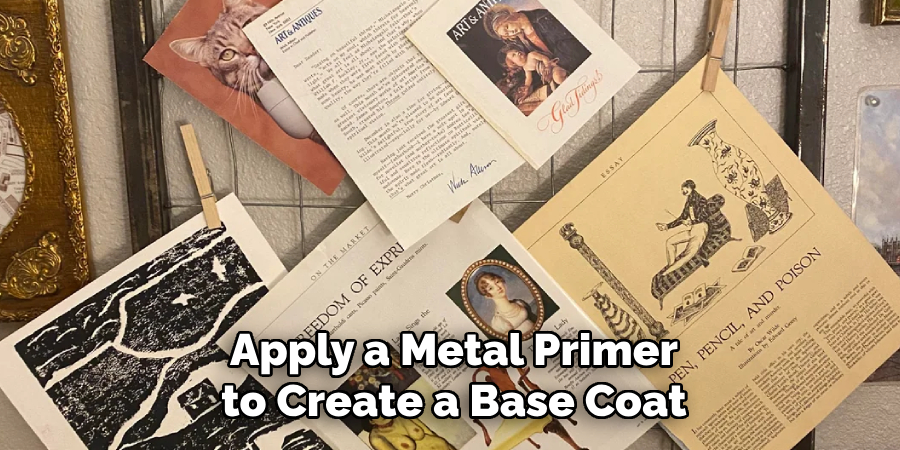
8. Replacing Magnetic Components
If your metal bulletin board is magnetic and the magnetic functionality has weakened, it may be due to wear on the magnetized surface. To restore it, attach a new magnetic sheet or repaint the surface with magnetic paint. Clean the board thoroughly before applying the magnetic material, ensuring it adheres evenly. If replacing magnetic strips, peel off the old ones and attach new strips using industrial-strength adhesive.
9. Fixing Warping Issues
Warping can occur in metal bulletin boards due to prolonged exposure to heat or pressure. To repair, place the board on a flat surface and use weights to flatten it. If the board is severely warped, heat the affected area gently with a heat gun while applying pressure with a heavy object. Be cautious not to overheat, as this can damage the metal. Allow the board to cool completely before removing the weights to ensure it retains its flat shape.
10. Sealing and Protecting the Board
Once repairs are complete, it’s essential to seal and protect the board to prevent future damage. Apply a clear coat sealant or a protective film designed for metal surfaces. This creates a barrier against moisture, scratches, and rust. For added protection, clean the board regularly with a non-abrasive cleaner and avoid using sharp objects directly on the surface. Proper maintenance will prolong the board’s lifespan and keep it looking like new.
Troubleshooting Common Issues
Even after repairing your metal bulletin board, you may encounter common issues that require quick troubleshooting. Below are some practical solutions for addressing these problems:
Board Not Staying Mounted
If the metal bulletin board keeps detaching from the wall, check the mounting hardware first. Ensure the screws, anchors, or brackets are securely fastened and suitable for the wall type. For drywall, opt for strong anchors or toggle bolts. If the hardware appears intact, verify that the wall itself is stable and can support the board’s weight. Additionally, inspect the adhesive or screws for wear and replace them as necessary.
Persistent Rust
If rust reappears even after treatment, there might still be moisture exposure. Confirm that all rust was removed during initial cleaning and that the surface was properly sealed with a rust-proof primer or protective coating. Make sure the board is in a dry location, or consider using a dehumidifier or silica gel packs nearby to reduce moisture in the area.
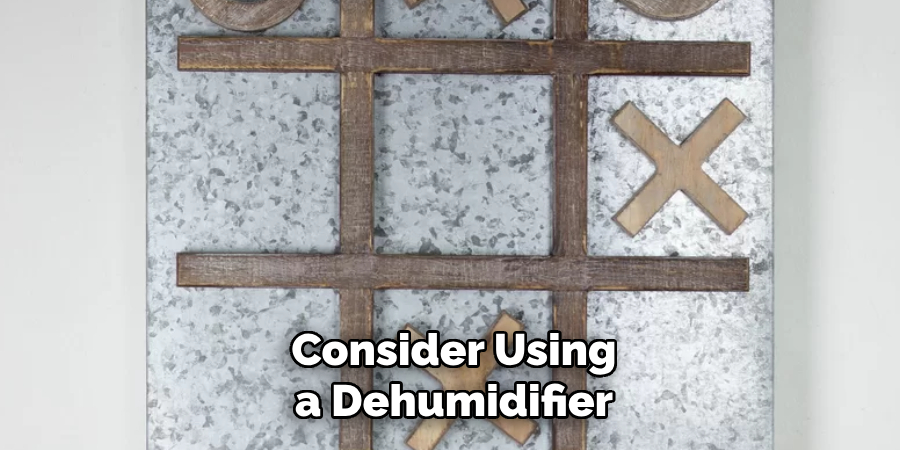
Uneven Surface
An uneven surface can make it difficult to pin or attach items effectively. Double-check that all dents, warping, or patched areas have been fully smoothed out. Lightly sand uneven spots and apply a fresh layer of paint if needed. A flat backing or additional reinforcement behind the board can also help maintain a stable surface.
Weak Magnetic Hold
If magnets do not stick as they should, confirm that the magnetic surface has been fully restored with magnetic paint or sheets. Ensure the magnetic material is applied evenly across the board. If the issue remains, check the strength of the magnets themselves and consider using stronger neodymium magnets for better performance.
Conclusion
Maintaining and repairing a metal bulletin board can extend its longevity and ensure it remains a functional and visually appealing tool. By addressing issues such as rust, warping, loose hardware, and damaged surfaces promptly, you can restore the board’s utility and safeguard it against future wear and tear. Regular maintenance, including cleaning, sealing, and repainting, is essential for protecting the board from environmental factors and daily use. Thanks for reading our blog post on how to repair a metal bulletin board! We hope you found it helpful and informative.
You can also check: Fix Damaged Nut Threads
Edmund Sumlin is a skilled author for Metal Fixes, bringing 6 years of expertise in crafting a wide range of metal fixtures. With a strong background in metalwork, Edmund’s knowledge spans various types of fixtures, from decorative pieces to functional hardware, blending precision with creativity. His passion for metalworking and design has made him a trusted resource in the industry.
Professional Focus:
- Expert in Metal Fixtures : Edmund aesthetic specializes in creating durable and innovative metal fixtures, offering both appeal and functionality. His work reflects a deep understanding of metalworking techniques and materials.
- Sustainability Advocate : He is dedicated to using sustainable practices, ensuring that every fixture is crafted with eco-friendly methods while maintaining high-quality standards.
In his writing for Metal Fixes, Edmund provides valuable insights into the latest trends, techniques, and practical advice for those passionate about metal fixtures, whether they are professionals or DIY enthusiasts. His focus on combining artistry with engineering helps others discover the true potential of metal in design.


